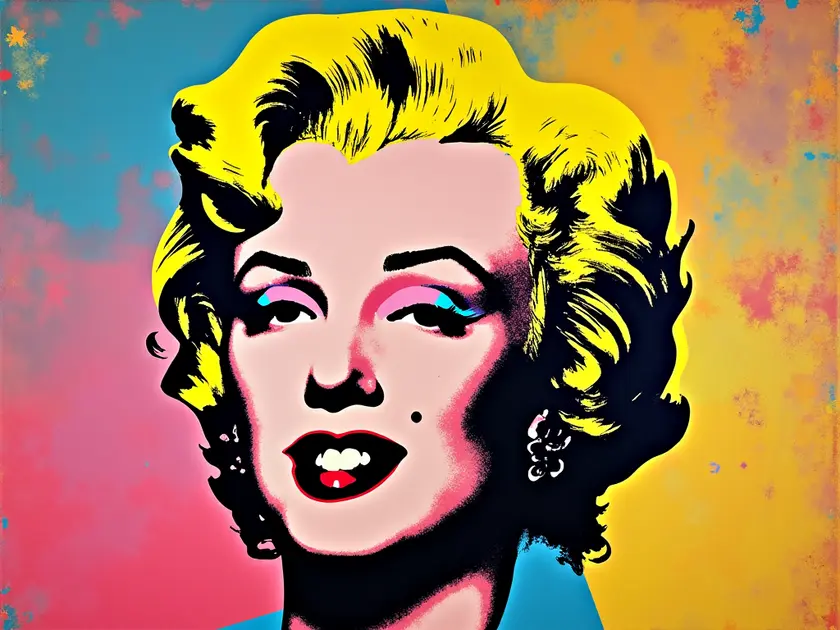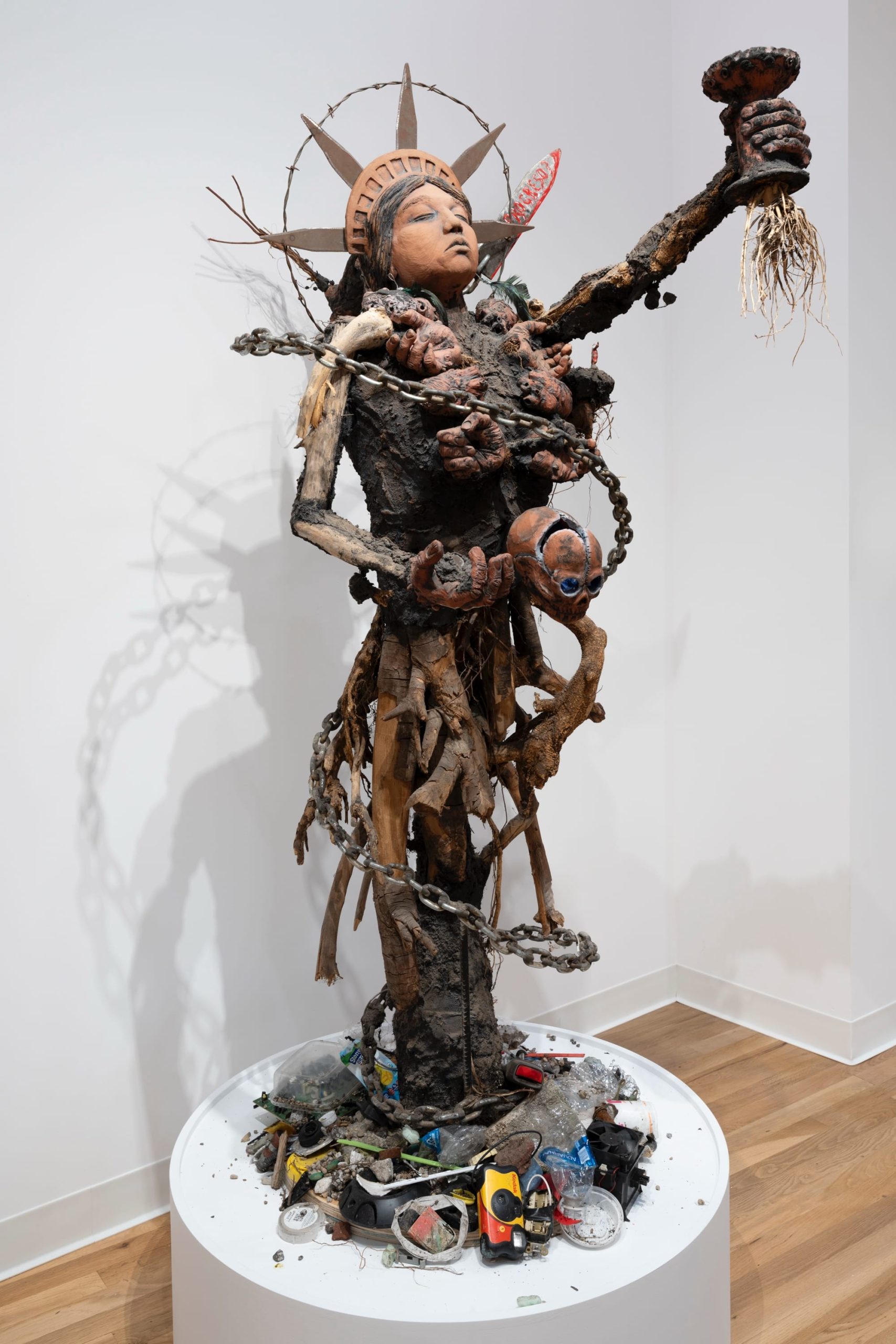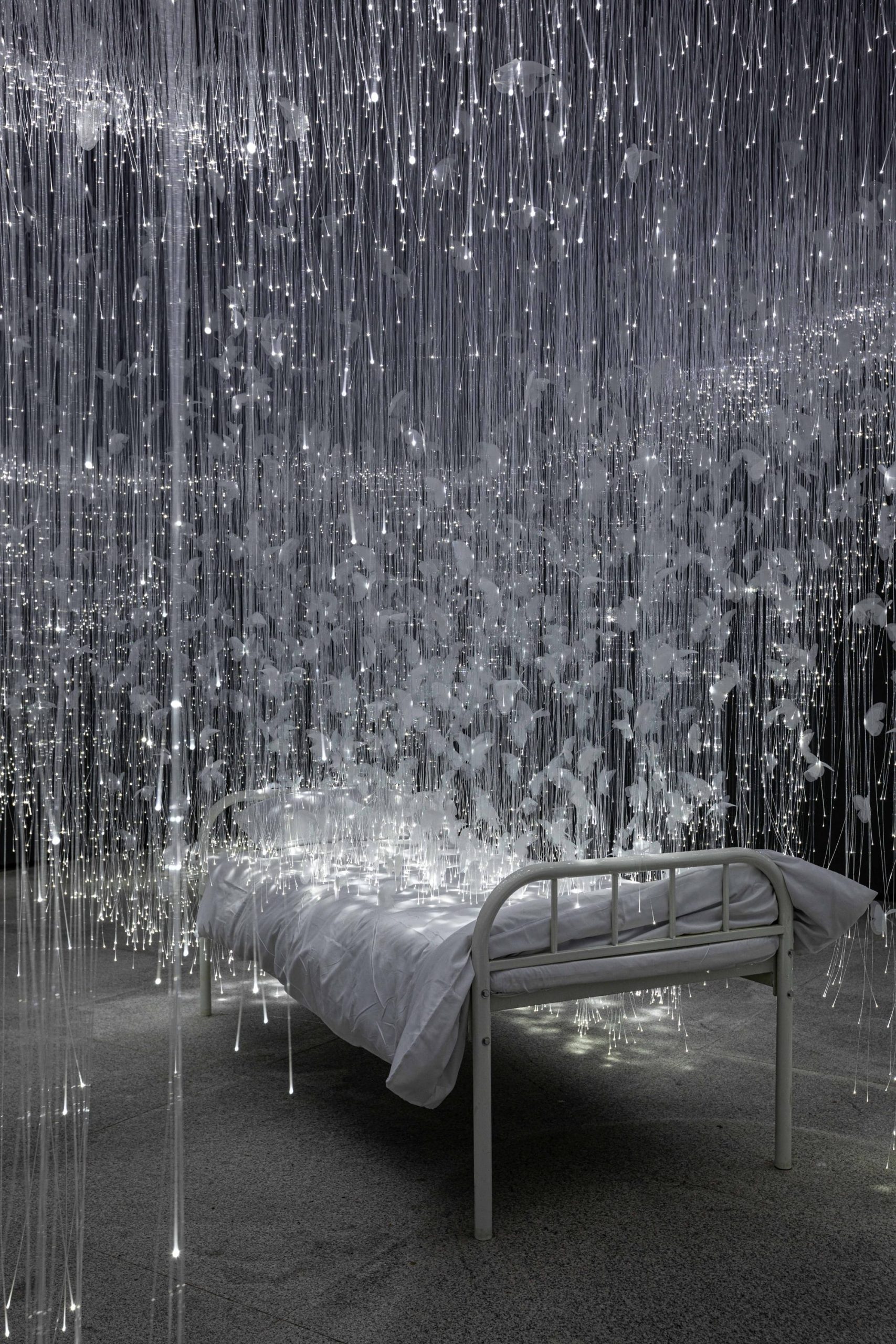The Influence of Pop Art on Contemporary Design
Pop Art, with its vibrant colors, bold shapes, and unconventional techniques, has left a lasting impact on the world of design. The movement, which emerged in the 1950s, continues to influence contemporary design in various ways. From the colorful and bold aesthetics that define Pop Art to the innovative use of everyday objects in design, the essence of this artistic movement can be seen in modern-day creations. By celebrating popular culture and consumerism, contemporary design incorporates elements that resonate with a wide audience. Let’s explore how the eclectic and dynamic nature of Pop Art has shaped and influenced the ever-evolving world of design.
The colorful and bold aesthetics of Pop Art
Pop Art emerged in the 1950s as a revolutionary art movement that challenged traditional norms and embraced popular culture as its main inspiration.
Characterized by vibrant colors, bold shapes, and a sense of playfulness, Pop Art aimed to blur the boundaries between high and low art, making art more accessible to the masses.
Artists like Andy Warhol and Roy Lichtenstein became iconic figures of the Pop Art movement, using techniques such as silkscreen printing and comic book-style imagery to create visually striking pieces.
The use of everyday objects and images from advertising and mass media became central to Pop Art, reflecting the consumerist culture of the post-war era.
By incorporating elements of popular culture into their work, Pop Artists sought to challenge traditional notions of art and create a more democratic and inclusive art form.
Innovative use of everyday objects in design
Designers are constantly pushing boundaries and thinking outside the box when it comes to incorporating everyday objects into their creations. By reimagining the purpose and function of these objects, they are able to create unique and innovative designs that challenge traditional notions of art and design.
Repurposing common items
- Transforming old newspapers into intricate paper sculptures
- Using discarded plastic bottles to create eco-friendly furniture
- Repurposing vintage suitcases into stylish shelves
Exploring unconventional materials
- Creating jewelry from recycled electronic components
- Designing clothing made from repurposed denim scraps
- Constructing light fixtures from discarded glass bottles
By embracing the concept of upcycling and repurposing, designers are not only reducing waste but also adding a unique and creative touch to their work. This innovative approach to design challenges the notion of what constitutes art and encourages viewers to see beauty in the ordinary.
Celebrating popular culture and consumerism in contemporary design
In contemporary design, there is a strong emphasis on celebrating popular culture and consumerism. Designers draw inspiration from various aspects of modern society, including music, fashion, technology, and social media.
One of the key characteristics of this design approach is the incorporation of iconic symbols and references to popular culture. Designers often use imagery and motifs that are instantly recognizable to consumers, creating a sense of nostalgia and familiarity.
Consumerism also plays a significant role in contemporary design, with designers exploring themes related to mass production, branding, and advertising. This can be seen in the use of logos, slogans, and packaging design that mimic the aesthetics of consumer products.
Overall, celebrating popular culture and consumerism in contemporary design allows designers to connect with audiences on a personal level, tapping into shared experiences and cultural references that resonate with consumers.






